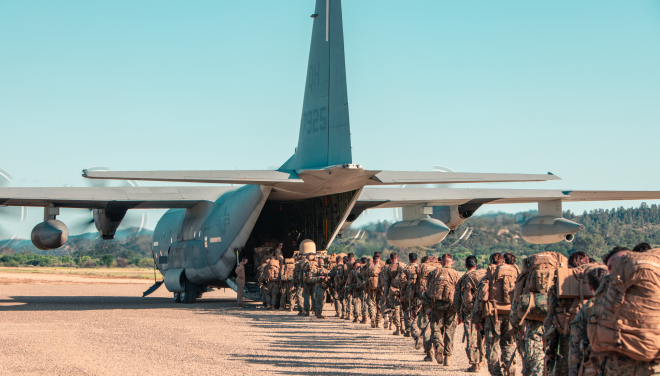IKnowNothing
Army.ca Veteran
- Reaction score
- 1,298
- Points
- 990
Reading around more, I found a much better communicated vision of what I was trying to get at with the Lav infantry consolidation:
My personal opinion is that deploying a Division or even a full Brigade Group to Europe would be a poor use of Canadian defence dollars. To my mind that money would be better spent on things like:
.........
- Invest in building a well-equipped, high-readiness rapid reaction light force that could quickly deploy to Europe in case of an invasion or heightened tensions. Needs to include lots of AT and AA capability within the force. Objective would be to rapidly increase deterrence once a build-up is detected or to blunt/slow the initial attack if it occurs in order give time for heavier forces to be deployed.
- Alternately heavily invest in SHORAD, MRAD and Long Range Precision Fires (HIMARS) capabilities which can be rapidly air deployed to Europe in support of allied ground troops in case of conflict.







